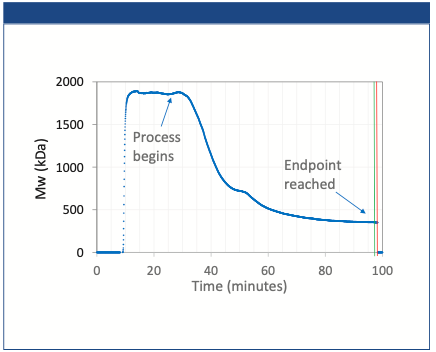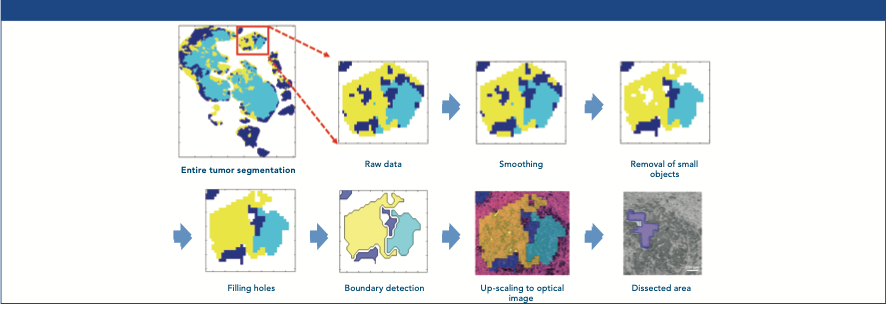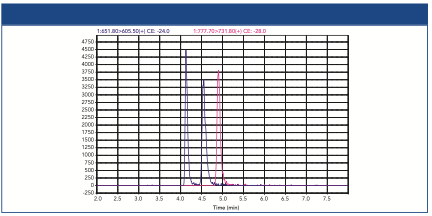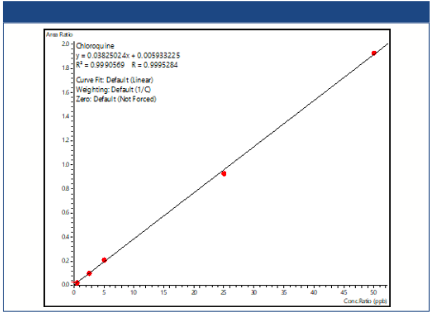Hamilton - Promoter or Polluter? Separation of Triazines on HxSil C18 Column
Large industrial scale farms use triazines to help increase the production of foods through the blocking of broad-leaf weeds. The inhibitors are primarily used on farms growing corn, sugar cane, palm oil, and citrus and, to a lesser degree, weed control in roadway applications.
The primary mode of action for triazine herbicides in plants is through the binding of proteins involved in the electron transfer chain of the photosystem II pathway of photosynthesis (1). Triazine compounds block the water reduction pathway, which normally generates protons that are used in subsequent steps along the electronic cascade. With the plants' proton pump deactivated, the gradual destruction of chloroplasts occurs, culminating in plant death (2,3).
Triazines have been found as contaminants in waterways and drinking water supplies. Multiple studies have shown that triazines exhibit endocrine disruption in female and male reproduction in reptiles, rats, and humans (4).
As such, drinking and waste water regulations involving triazine compounds are now employed. Structural similarities between the seven federally approved triazines adds to the difficulty of identification, isolation, and quantication. Hamilton Company has achieved a separation using the 3 μm HxSil HPLC column. The column utilizes C18 moieties chemically bonded to silica as its primary mode of separation. The ample end-capping applied to the column helps to facilitate longer lifetimes while limiting free silanols. The Hamilton ODS column is a great choice when analyzing analytes that exhibit Lewis basicity and therefore contribute more extensively to acidic hydrogen bonding in the stationary phase. The separation of the seven triazines occurs within 15 min, with baseline resolution of all critical pairs.
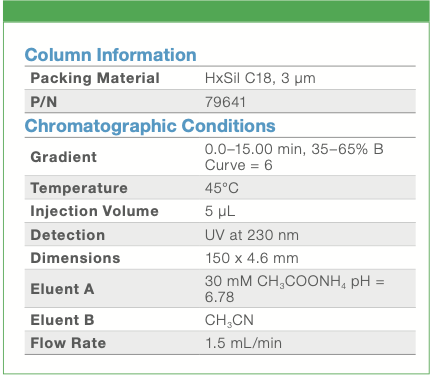
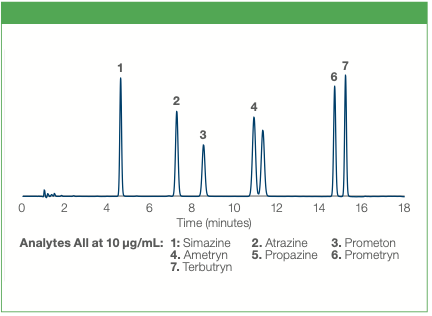
References
(1) J. Zhu, W.L Patzoidt, P.J. Tranel, and S.J. Clough, The Plant Genome 2, 191–205 (2009).
(2) Y. Liqiang, L. Hongmei, Z. Yongyu, and J. Nianzhi, Env. Inter., 2019, 133, 105175 (2019).
(3) A. Cessna, Non-biological degradation of triazine herbicides photolysis and hydrolysis. (2008).
(4) W.D. Fakhouri, J.L. Nunez, and F. Trail, Environ Health Perspect. 2010, 118(10), 1400–1405.

Hamilton Company Inc.
4970 Energy Way Reno, Nevada 89502 USA
Tel: +1-775-858-3000
Website: www.hamiltoncompany.com.
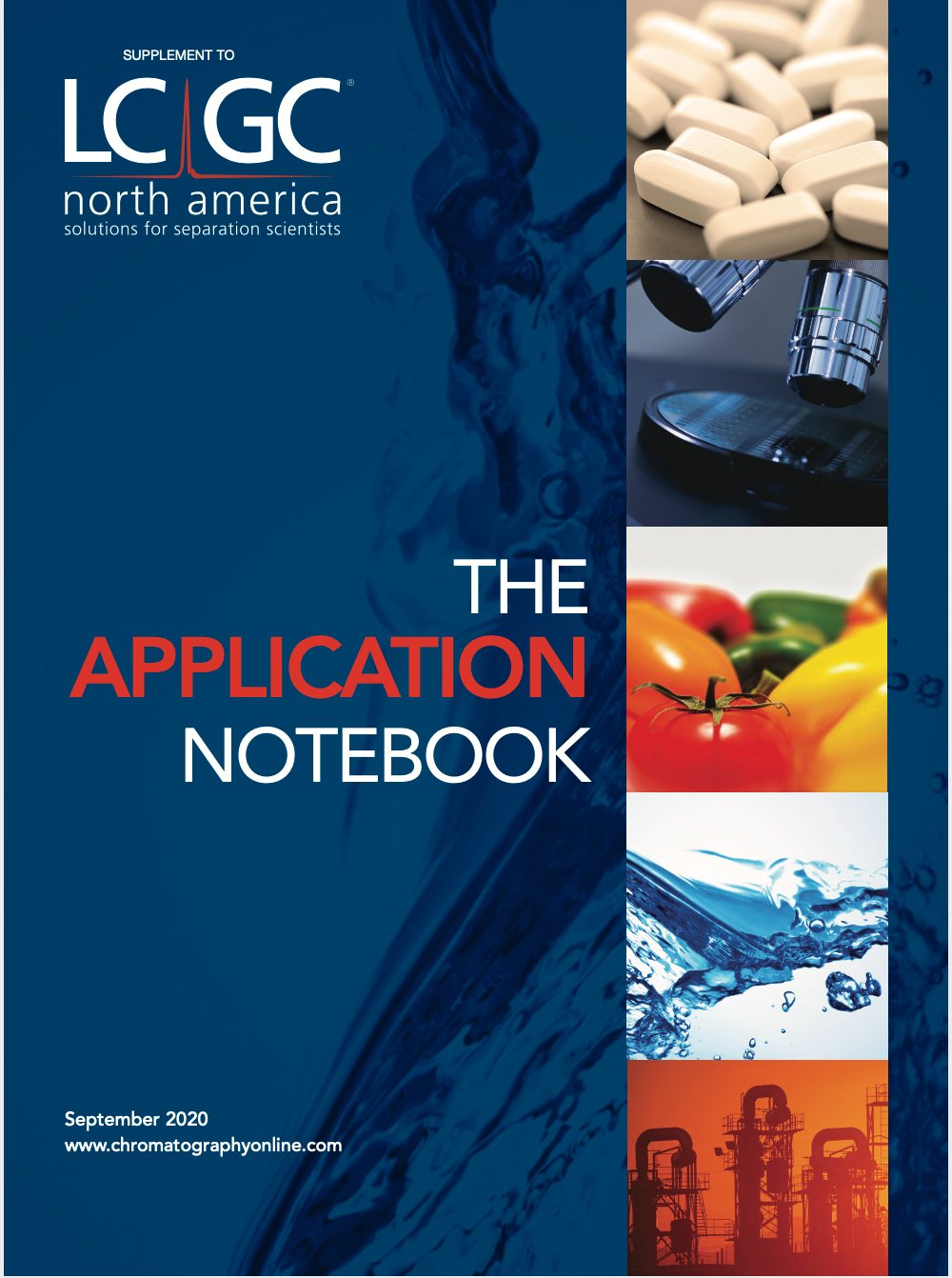
Separation of Ultra-Short and Long Chain PFAS Compounds Using a Positive Charge Surface Column
December 11th 2024A separation of ultra-short and long chain PFAS (C1-C18) is performed on a HALO®PCS Phenyl-Hexyl column along with a HALO®PFAS Delay column which demonstrates excellent retention for both hydrophilic and hydrophobic analytes.

.png&w=3840&q=75)

.png&w=3840&q=75)



.png&w=3840&q=75)



.png&w=3840&q=75)
